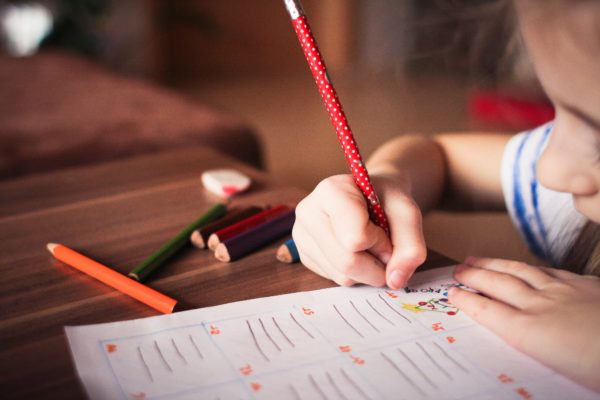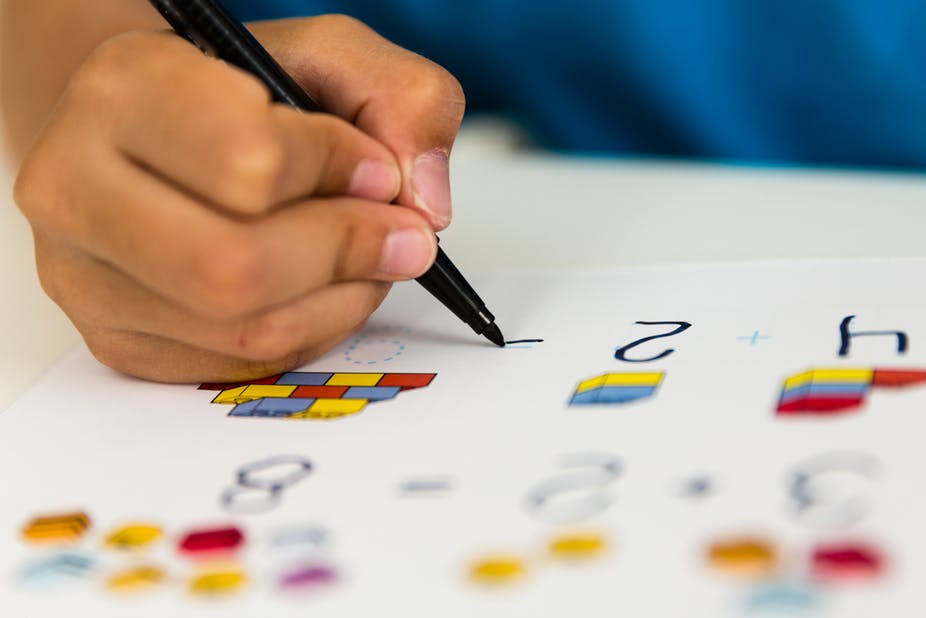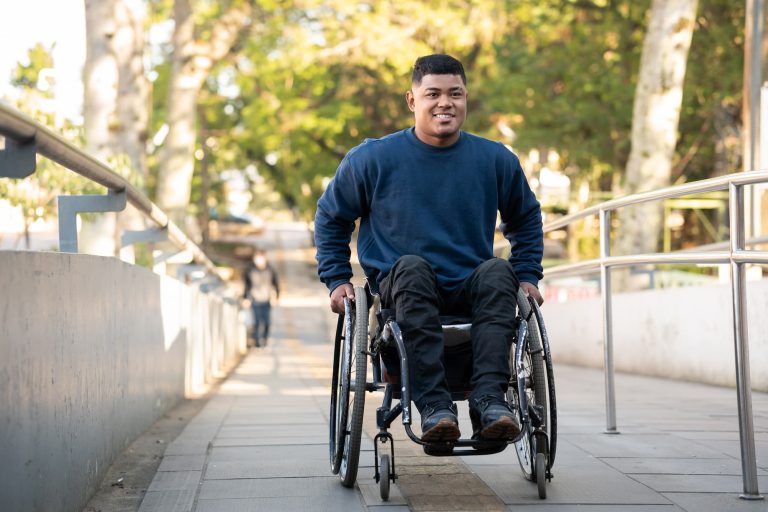
At school, we learn essential, practical skills for the future, and participate in tests which determine the path of our life, but some people find academics more difficult than others – even if they study hard. 4% of Australian students have a learning disability, an ongoing, serious difficulty with one or more academic area, such as maths, reading, or writing. If your child is struggling at school, and you think they might have a learning disability, then it is important to have them professionally diagnosed so that they can receive the support they need. This article details the four most common learning disabilities, so you can get an idea of whether your child has one, and if so, which it might be.
1.) Dyslexia
Dyslexia is one of the most common learning disabilities, and is well-known in society. It refers to when a person struggles with reading and writing, and they have trouble spelling or recognising words.
Signs of dyslexia can show from as early as 1 or 2 years old, when babies begin to make sounds. Early signs can be delayed speech development and limited vocabulary, and as they get older they can confuse similar words, have trouble summarising a text, and need to read something several times in order to understand it.There are many more difficulties a person with dyslexia struggles with, and they can experience a variety of these difficulties, or they can just have trouble with one or two.
For children, teachers can make the situation easier by giving them more time for tests, and stopping asking them to read aloud in class. Programs that can help someone deal with dyslexia include learning decoding skills and comprehension strategies.
2.) ADHD
Attention deficit hyperactivity disorder, or ADHD, is a neurodevelopmental learning disorder, which refers to someone who has trouble paying attention and concentrating. Someone with ADHD can have high levels of impulsive behaviour and be quite hyperactive. Children are most often diagnosed with ADHD at school age, because these behaviours are much more obvious in an academic context. Signs that your child has ADHD can include if they keep misplacing things, if they simply act without thinking first, if they find it difficult to sit still, or if they forget to complete tasks. In order to support someone with ADHD, it is important to separate the person from their ADHD symptoms – so do not blame them for being irresponsible, simply understand why they are. Also, you can help them to develop a routine, as the structure will be useful for making sure they remember things.
3.) Dysgraphia

Dysgraphia is a writing disability, which does not affect reading skills, only the person’s ability to physically write or to express their thoughts successfully through writing. A person with dysgraphia may find holding their pencil difficult, have messy handwriting, struggle with correct sentence structure, and find writing slow and difficult work. Someone with dysgraphia can be diagnosed in primary school, and you can usually tell that someone has dysgraphia and not another disability because there will be a clear gap between their reading and writing abilities. Some ways to help a child with dysgraphia include giving them ‘pinching’ tools to practice the skills needed to hold a pencil, or getting them to draw big letters for writing practice, and speak ideas aloud first before writing them.
4.) Dyscalculia
Learning disabilities do not only refer to reading and writing difficulties, they also include ones like dyscalculia, which affects someone’s understanding of mathematics. Signs of dyscalculia can appear as early as pre-primary, but it is mostly diagnosed during primary school. Early signs of dyscalculia can include an inability to recognise numbers, and difficulties remembering facts about maths, and later they can be a poor perception of time, troubles completing mental maths, and difficulties with problem solving. Parents can assist their child by playing games to help them solve maths problems (instead of using worksheets), they can also use tangible objects, such as dominoes or lego, to help them visualise groups of numbers.
What Is the Difference Between a Learning Disability and an Intellectual Disability?
A learning disability and an intellectual disability are very different, and only get confused because of the different terminologies used in Britain compared to the US. In Australia, a learning disability refers to someone with something like dyslexia, who has trouble with academic skills, while an intellectual disability is when someone has a below average IQ and has trouble carrying out daily tasks.
The Importance of Professional Disability Support Services
Once your child has been diagnosed, they can receive a range of disability support services, and if they have NDIS funding, you can also access NDIS registered providers. Receiving professional support services is important, because then you can access services such as a recovery coach, and an occupational therapist. Then you will be advised about the best ways to improve your child’s situation and will be able to create changes at school and at home that will help them to succeed.






